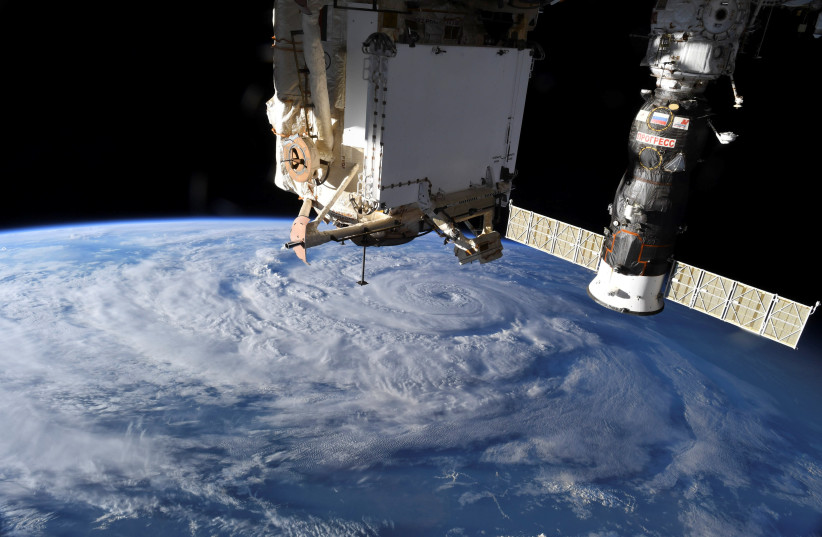There are dozens of popular myths that have been presented throughout space history, including one that the launch of the Apollo-era Saturn V rocket was so loud that the sound itself melted concrete and set fire to grass more than a mile away when it carried humankind to the moon in 1969. This is one internet claim that turns out to be undoubtedly fiction, according to new research by Brigham Young University.
The myth debunking study, published Tuesday in The Journal of the Acoustical Society of America, used a physics-based model to approximate the acoustic levels of Saturn V's trip to our closest celestial neighbor. Researchers obtained a value of 203 decibels, which matched the finite data from the 1960s. To give that number perspective, commercial jet engines range from around 120 to 160 decibels.
"Decibels are logarithmic, so every 10 decibels is an order of magnitude increase"
Study author Kent Gee
So, while it is true that Saturn V was significantly loud, the levels found in the study show that it was not enough to melt concrete or set grass on fire.
"Decibels are logarithmic, so every 10 decibels is an order of magnitude increase," said author Kent Gee of BYU. "170 would be equivalent to 10 aircraft engines. 200 would be 10,000 engines!"

Where does the misinformation around Saturn V come from?
Part of the misunderstanding comes from confusing sound power with sound pressure, the researchers explain.
"The Saturn V has taken on this sort of legendary, apocryphal status," said Gee. "We felt that, as part of the JASA special issue on Education in Acoustics, it was an opportunity to correct misinformation about this vehicle."
NASA's new Space Launch System (SLS) rocket will be larger and louder than the Saturn V, but the agency has since implemented a sound suppression system into its launch pads. For SLS, which surpasses the Saturn V as the world's largest, most powerful launch vehicle – and the first exploration-class rocket built by NASA for human spaceflight since Saturn V – 450,000 gallons (2 million liters) of water will rush onto the pad during launch, reducing the rocket's acoustical levels and protecting viewer's ears.